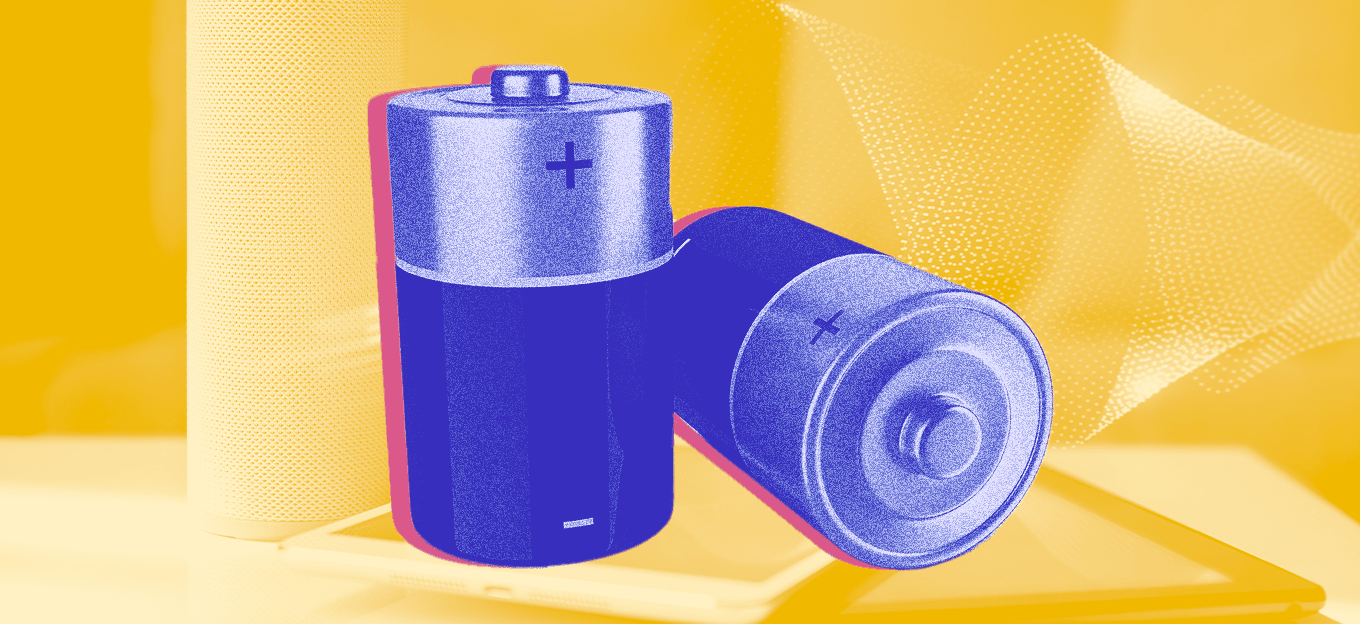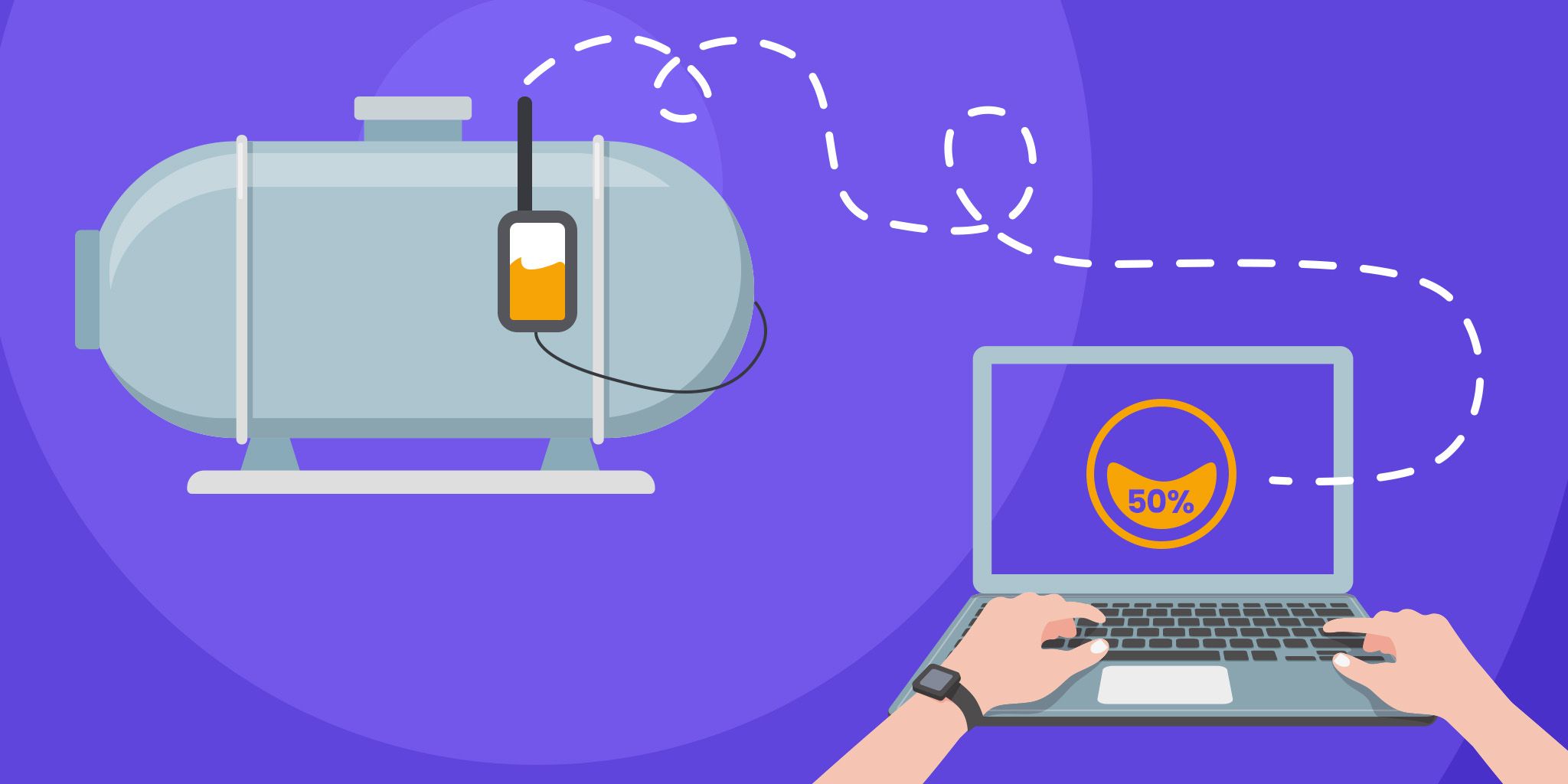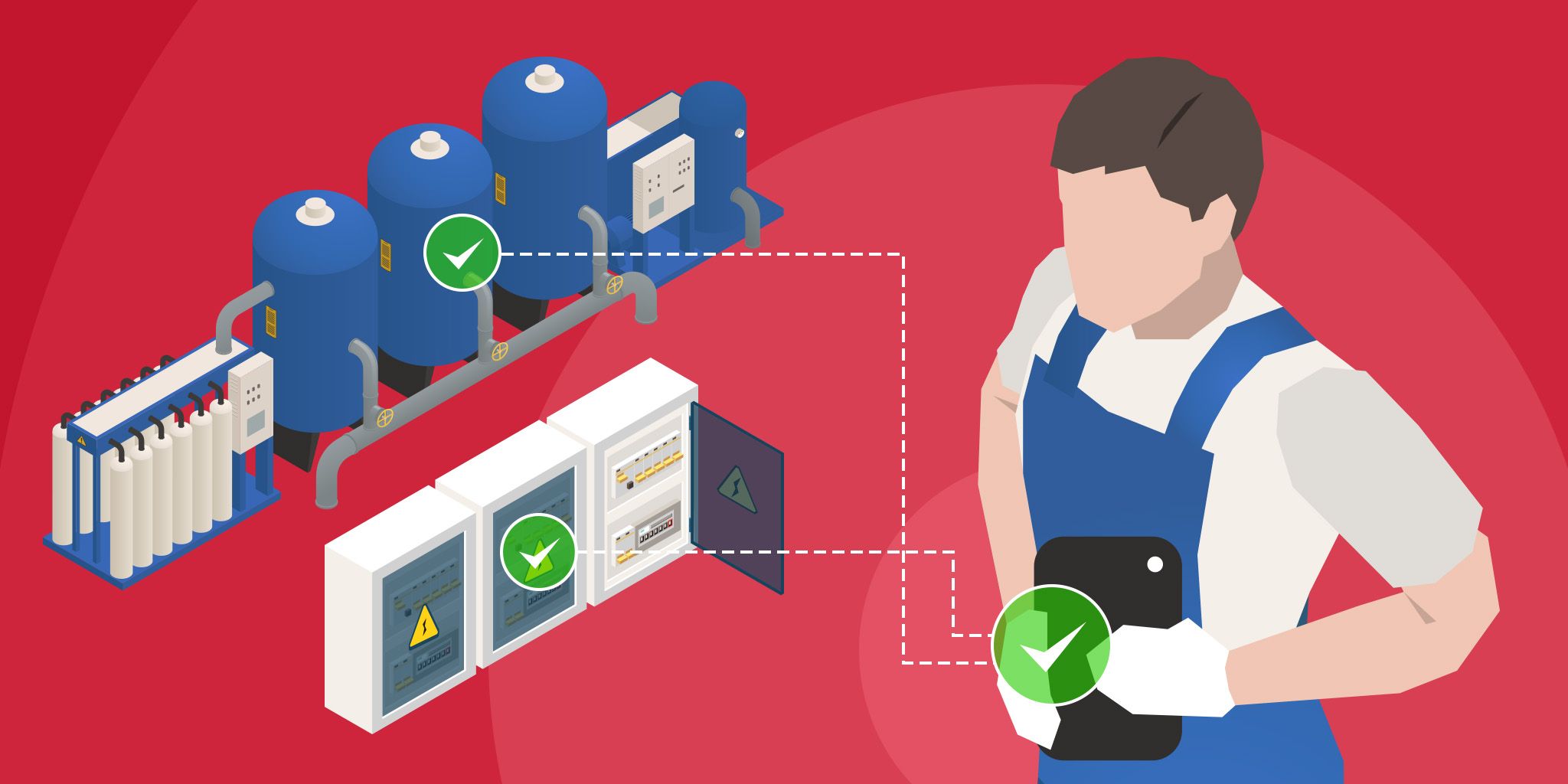Powering IoT Devices with Ambient Energy
Powering IoT Devices with Ambient Energy
- Last Updated: August 21, 2025
Laurens Slats
- Last Updated: August 21, 2025



Batteries have long been the Achilles' heel of IoT solutions. When a battery dies, it often drags the entire solution down with it. The need to replace batteries across a large fleet of devices can be a real business case killer, especially when replacements become necessary earlier than planned.
Until recently, hiring staff to replace batteries was simply part of doing IoT. This began to change gradually thanks to a series of technological and economic advances related to powering IoT devices. Jeff Crystal, CEO of Voltaic, explains that significant reductions in power consumption, especially in transmitting data via cellular IoT or LoRaWAN and running edgeAI models, have made a major difference. Additionally, chipset innovations now enable chips to become more powerful while consuming less current. At the same time, the costs of hardware components have gone down: the solar panel, the energy harvesting module, the cellular modem.
Although solar panel efficiency has improved only incrementally, the improved economics and feasibility of embedding energy harvesting into IoT devices have suddenly opened doors to entirely new business cases.
Ambient IoT
Let’s take a step back and define Ambient IoT. Björn Rosqvist, Chief Product Officer at Qoitech explains.
Ambient IoT is a way to harvest energy from the environment to power IoT devices. In an ambient IoT system, there're a couple of components:
- An energy harvesting system that gets energy from a source like sunlight, indoor light, vibration, or thermal energy.
- The power management IC that handles the power flowing from the harvester into storage.
- The storage, which can be a rechargeable battery or a supercapacitor.
- The consumer, the IoT device.
If the IoT device can harvest energy, does that mean it can run indefinitely? Jeff Crystal clarifies: Forever is a tough word in hardware. Practically speaking, 10+ years is realistic, considering the physical wear and environmental factors that degrade components over time. There's also stress on the system by constantly charging and discharging batteries or supercapacitors. Still, while more deployments are adopting this ambient IoT, e-waste is being reduced significantly.
Hardware & Software Tango
“You can ruin any hardware design with bad software”
– Björn Rosqvist
To realize an Ambient IoT solution, energy needs to be harvested through hardware peripherals, while current draw has to be reduced through software to realize long-term reliability of the solution. Hardware and software developers have to tango to realize this energy-efficient solution. It’s a mindset required by everyone involved. So, how to go about?
- Start by optimizing your application for low current consumption. This is not merely a technical story. Reducing the amount of data transmissions significantly reduces the energy draw. Change time-driven updates to event-driven ones. Local data processing may reduce current consumption if it leads to fewer high-energy data transmissions. Though this tradeoff can only be made once real data has been gathered about the energy consumption of these processes using tools available to measure the energy consumption.
- Once you have gathered data about the actual energy consumption of your IoT solution, you can accurately determine the device's energy requirements. With this information, you can select the most suitable type and size of the energy harvesting source. For solar-powered solutions, collaborating with an experienced partner can greatly simplify this process.
- One of the most important steps is often overlooked; rigorous testing. Try out your device, and validate the impact of extreme conditions which may arise once deployed. Extreme heat or cold will have an impact, as well as poor network reception or suboptimal antenna performance.
Although some environmental conditions like temperature play a role in a battery’s capacity and lifespan, it has a fairly defined capacity which you can count on. When harvesting energy, you suddenly have to count for probability. The amount of sunlight a day, the temperature during winter time, the orientation of the device (north or south). Ambient IoT requires a mindset shift where you need to count on probabilities and averages, rather than certainty.
Conclusion
Ambient IoT offers a transformative approach. By significantly cutting maintenance costs and e-waste, ambient energy harvesting solutions extend device lifespans and open up entirely new possibilities for IoT applications previously deemed unviable.
Embracing this technology requires a shift in mindset. The whole team needs to work together to realize an Ambient IoT solution; the energy consumption needs to be optimized, energy harvest peripherals need to be implemented, and instead of certainties, probabilities need to be dealt with.
If your IoT strategy still revolves solely around traditional batteries, perhaps it's time to reconsider.
This story is based on an episode of The IoT Show, a podcast hosted by Olivier Bloch. Watch the full podcast here.
The Most Comprehensive IoT Newsletter for Enterprises
Showcasing the highest-quality content, resources, news, and insights from the world of the Internet of Things. Subscribe to remain informed and up-to-date.
New Podcast Episode

Moving Past the Pilot Phase in IoT and AI
Related Articles




